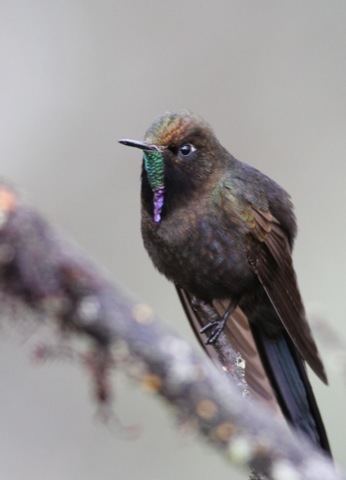Higher classification Chalcostigma | Phylum Chordata Family Trochilidae Scientific name Chalcostigma stanleyi Rank Species | |
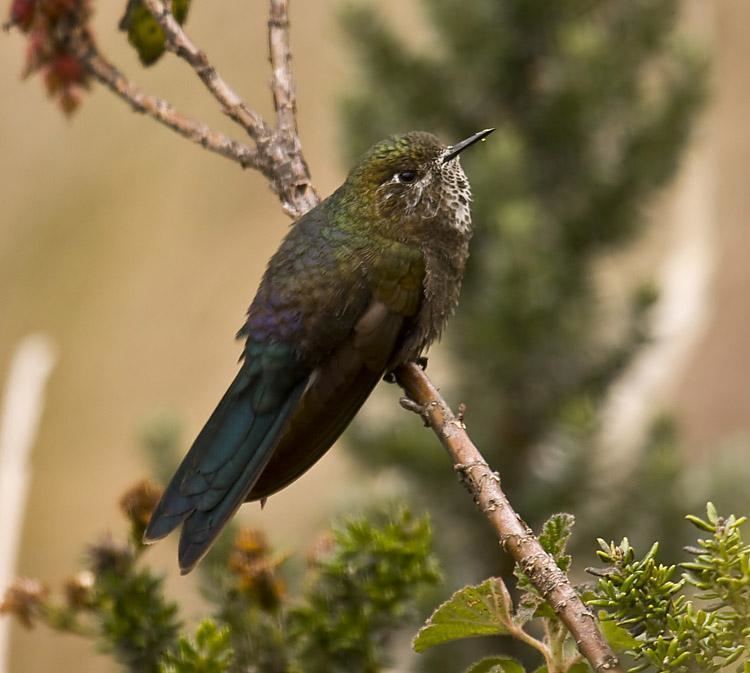 | ||
Similar Chalcostigma, Olivaceous thornbill, Buff‑thighed puffleg, Green‑headed hillstar, Fiery‑throated metaltail | ||
The blue-mantled thornbill (Chalcostigma stanleyi) is a species of hummingbird native to high-altitude forests and grassland of Ecuador, Bolivia, and Peru.
Contents

Taxonomy
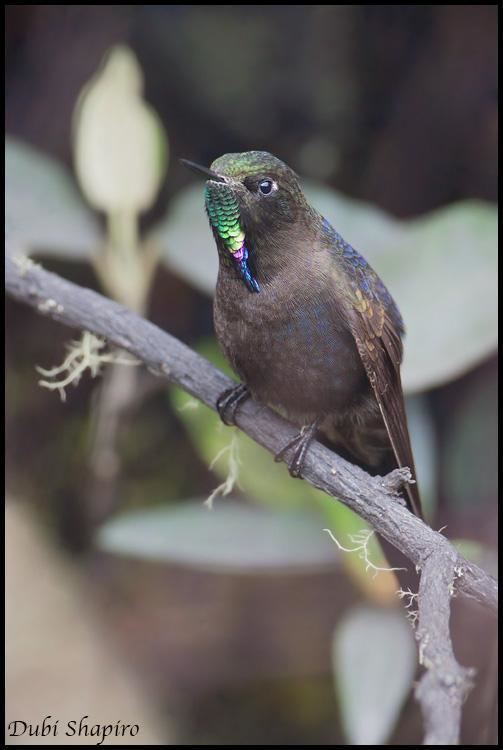
Three subspecies are currently recognized: C. s. stanleyi (Bourcier, 1851), C. s. versigulare (J. T. Zimmer, 1924), and C. s. vulcani (Gould, 1852).
Description
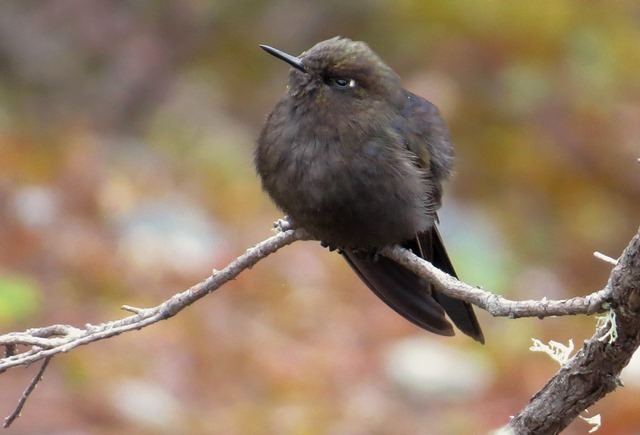
The species has a dark blue and green back and wing feathers, and a dark brown and green body. The crissum (the undertail coverts surrounding the cloaca) is cinnamon with a scaly pattern. A thin green and purple strip is found on the throat and a small part of the breast in males. There is a white line in the corner of the eye, and white down feathers are present near the vent. The needle-like beak, specialized for extracting nectar from small flowers (including the genera Berberis, Gaultheria, Ribes, and Gentiana), is about the same size as the head and black in color. As other hummingbird species, the blue-mantled thornbill also feeds on insects. Total size varies between 11 and 13 cm; the tail is about half as long as the body. Males weigh about 6.2 g and females about 4.5 g. The species breeds during the rainy season, incubating two eggs.
Distribution and habitat
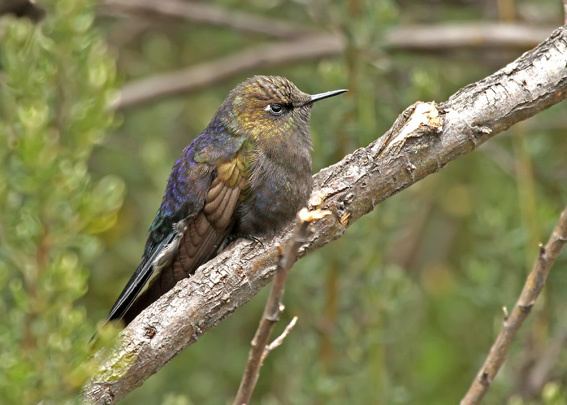
The blue-manteled thornbill generally occurs at altitudes of 3000–4200 m in Ecuador, Bolivia, and Perú, but has also been reported at slightly lower or higher elevations (2200–4500 m). Their area of distribution is approximately 117,000 km2. The species migrates to lower elevations in the rainy season.

The blue-manteled thornbill's habitat is subtropical or tropical moist montane forests and high altitude shrublands, and mainly in subtropical and tropical hight altitude grasslands. It does not necessarily depend on the presence of forest, and may be found in páramo grasslands, humid Polylepis woodlands, near jalca vegetation, and in steep rocky terrain. C.s. stanleyi is found on the Andean slopes of Ecuador from Carchi to Azuay; C.s. versigulare on the eastern slopes from Perú south to the Cordillera Carpish (Huánuco), and the western slope of the Cordillera Blanca; and C. s. vulcani on the eastern slopes from south Perú to Cochabamba in Bolivia.
Conservation
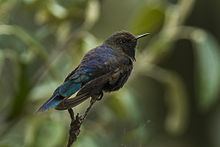
The blue-mantled thornbill has been classified as Least Concern by the IUCN based on its wide distribution and large population numbers. However, populations are decreasing mainly due to habitat loss driven by deforestation for agricultural expansion and logging mainly of Polylepis woods.

